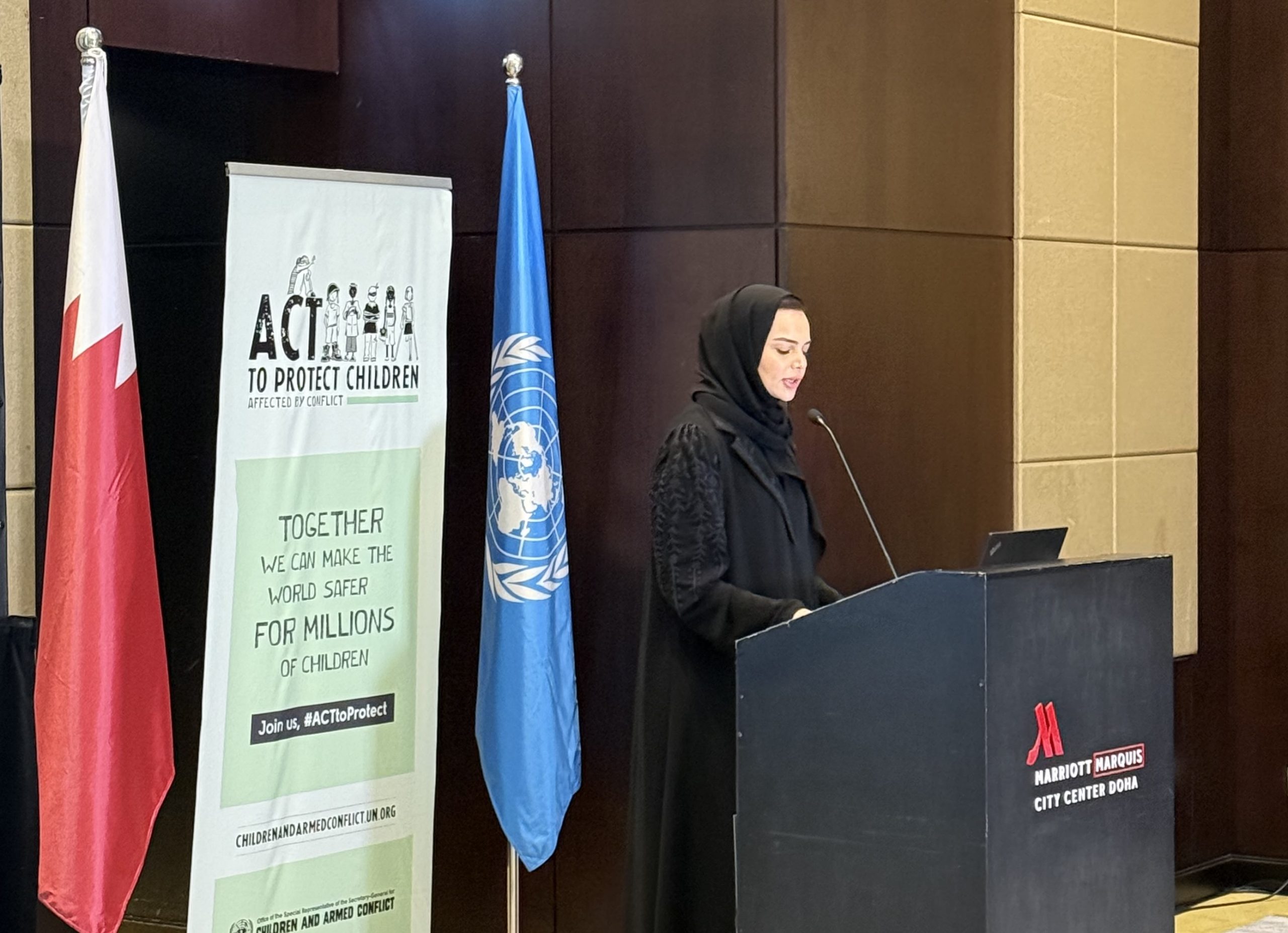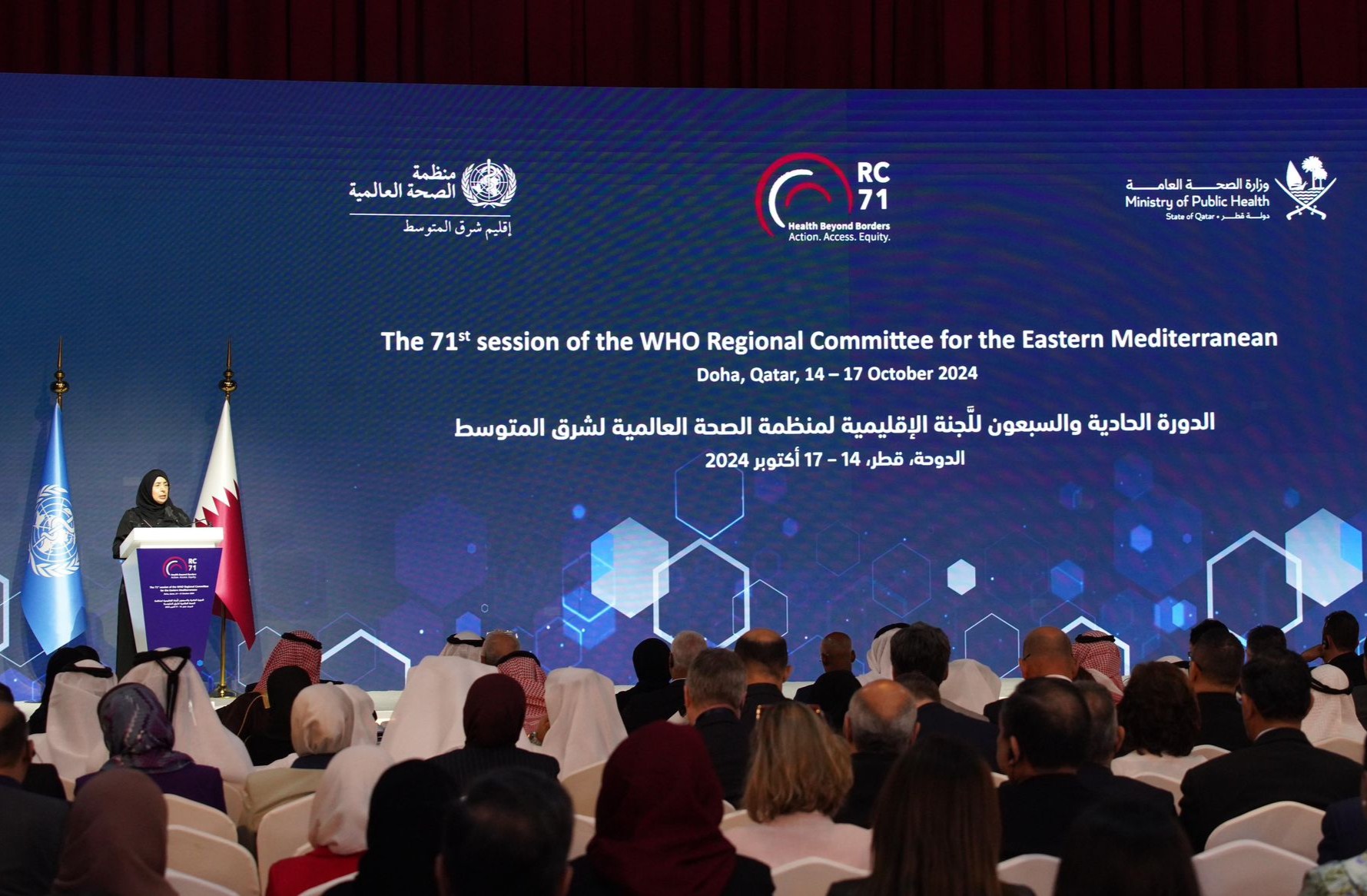
New research suggests a small proportion of Qatar’s population is doing far more than its share of the country’s drinking – and much of that consumption appears to be of alcohol smuggled into the country or manufactured illegally.
The World Health Organization recently published a report on alcohol consumption and its health effects in 194 countries – the Global Status Report on Alcohol and Health 2014.
In Qatar – where laws effectively restrict the sale of alcohol to middle and high-income expats as well as tourists – most of the population doesn’t drink, according to WHO, which classified more than 93 percent of the country’s population as “abstainers.”
That means that on an overall per-capita basis, the country’s consumption of beer, wine and spirits is relatively low. Averaged out over the entire population, each person consumed 1.5 liters of pure alcohol annually between 2008-10.
That works out to five standard 26-ounce bottles of hard liquor annually, or less than two typical drinks a week.
That’s less than the global average of 6.2 liters and puts the country in the middle of the GCC, behind the UAE (4.3 liters) and Bahrain (2.1 liters), but more than Oman (0.9 liters) as well as the officially dry states of Saudi Arabia (0.2 liters) and Kuwait (0.1 liters).
Strip away the country’s non-drinkers, however, and the numbers tell a different story.
Drinkers in Qatar consume an average of 22.7 liters of pure alcohol annually. That’s the equivalent of more than 75 standard bottles of hard liquor a year, or 3.6 typical drinks a day.
That’s nearly 1.5 times the global average of 17 liters per drinker and second-highest in the Gulf, behind only the UAE at 32.8 liters.
Nevertheless, only a fraction of Qatar’s overall population – 0.1 percent – is dependent on alcohol, according to the WHO.
Bootleg booze
While most of the drinking data comes from official government sources and retail sales figures, WHO researchers also made an effort to quantify the consumption of “unrecorded” alcohol – booze that’s either been smuggled into the country, produced at home or manufactured illegally, as well as industrial or “surrogate” alcohol such as mouthwash that’s not intended to be consumed as a beverage.
In Qatar, unrecorded hooch consumption averaged 0.6 liters per person annually, or more than one-third of the total amount of alcohol consumed.
In absolute terms in the Gulf, that’s second behind only the UAE, where 1.5 liters of “unrecorded” alcohol is drank per capita annually.
As a share of overall booze consumption, however, only residents of Kuwait and Saudi Arabia – where alcohol is officially banned – are more likely to resort to non-commercial beverages than their peers in Qatar.
Put another way, those countries with more liberal alcohol policies – Bahrain, Oman and the UAE – drank less “unrecorded” alcohol as a proportion of overall consumption.
Speaking to Doha News earlier this year about bootleg liquor consumption in Qatar, Tristan Brusle of the French National Centre for Scientific Research suggested the black market would shrink if alcohol was legally available to more workers, reducing the temptation posed by potentially toxic alternatives.
In Qatar, only residents earning at least QR4,000 (US$1,099) a month are eligible to apply for a license – which requires a $275 deposit – to buy alcohol for home consumption. This shuts out most migrant laborers, who don’t meet the salary cut-off.
“The black market is thriving in the Industrial Area because of the prohibition,” Brusle said.
Drinking illicit alcohol carries considerable risks, including death. One worker in Qatar who spoke to Doha News said he suffered from impaired vision and short-term memory loss, among other symptoms, as a result of drinking sadeeqi, a bootleg liquor infused with toxic industrial alcohols.
Globally, however, WHO researchers say there’s no evidence suggesting the consumption of homemade or illegal alcohol results in considerably more morbidity or mortality over and above the effects of commercially produced alcohol.
The exceptions include outbreaks of methanol poisoning and drinking alcohol that’s not intended to be a beverage, such as cologne. However, WHO said such fatalities still account for “considerably less” than 1 percent of all alcohol-related deaths.
Local health risks
WHO’s report notes that alcohol consumption can lead to dependency as well as increase the risk of developing more than 200 diseases, such as liver cirrhosis.
However, Qatar appears to perform relatively in terms of a low prevalence of alcohol-related health problems. This could be attributed to the high number of teetotallers here, as well as the makeup of its population, which is dominated by working-age expats who generally leave Qatar at an age before decades of heavy drinking takes its full toll on the body.
WHO statistics say that roughly 10 men per 100,000 male Qatar residents above the age of 15 die from liver cirrhosis annually. Of that, roughly a quarter of those cases are attributable to alcohol.
Similarly, nearly nine women per 100,000 female Qatar residents succumb to the same affliction, of which 13 percent can be chalked up to drinking, according to the WHO.
Other findings include:
- Per-capita consumption of alcohol in Qatar spiked in the late 1970s and early 1980s, before steadily declining over the following two decades. It’s been rising gradually since the mid-2000s; and
- Spirits, such as hard liquor, are overwhelmingly the beverage of choice in Qatar, account for 85 percent of all alcohol consumed. That’s followed by wine at 14 percent and beer at 1 percent.
Thoughts?







